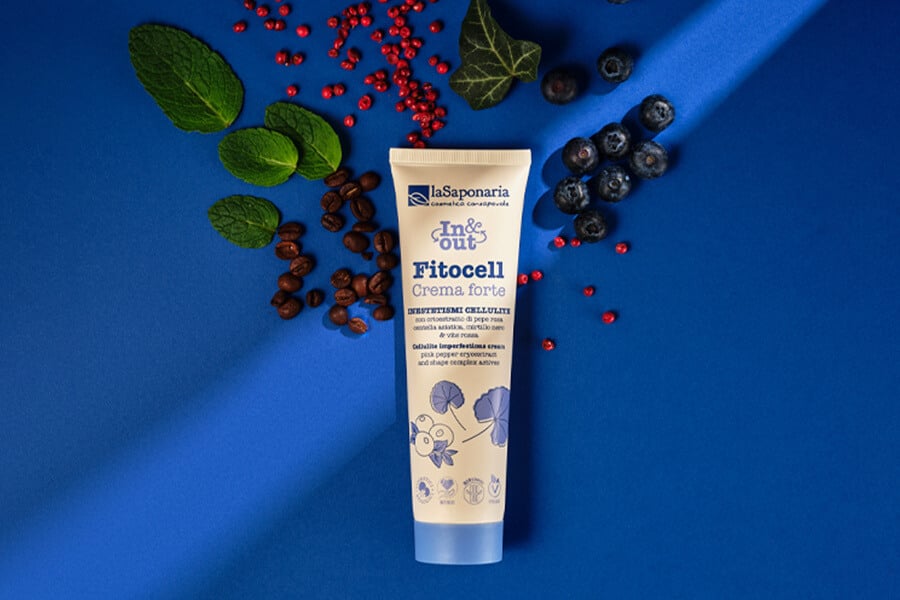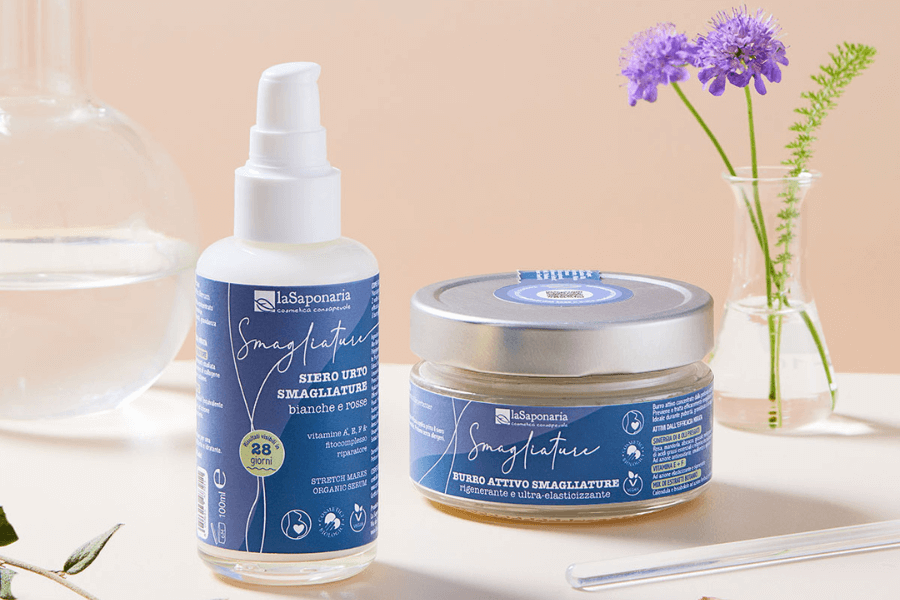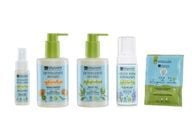- Call us! +390721 911004
- Write a message
- Whatsapp +39 377 3844777
- Become a reseller
- Test and E-book
- Location and contacts
-
MenuBack
-
Organic cosmetics
-
-
space
-
-
-
-
-
-
-
Christmas Gift
-
-
Skin care
-
Hair care
-
Body Care
- Christmas gift
- Routines
-
DIY
-
-
space
-
-
-
-
-
-
PRODUCTION TOOLS
-
-
DOWNLOAD THE RECIPES
-
-
-
Organic library
-
-
BEAUTYBLOG
-
-
-
GLOSSARY
-
-
-
DO-IT-YOURSELF RECIPES
-
-
-
TEST AND E-BOOK
-
-
About us
-
-
space
-
-
-
-
-
PHILOSOPHY
-
-
-
NATURAL COSMETICS
-
-
-
FLAGSHIP STORES
-
-
-
Sustainability
-
-
space
-
-
-
BENEFIT COMPANY
-
-
-
ETHICAL CHAIN
-
-
-
SUSTAINABLE PACKAGING
-
-
-
SUSTAINABILITY IN THE COMPANY
-
-
-
Supported projects
-
NOTICES AND AWARDS
-
-
-
Business Area
-
-
space
-
-
-
OPEN A FLAG SHIP STORE
-
-
-
BECOME A RESELLER
-
-
-
PRIVATE LABEL
-
ACCOMMODATION FACILITIES
-
-
-
RESELLERS LOGIN
-
-
-
Resellers
-
-
RESELLERS RESOURCES
-
-
-
OPEN A FLAGSHIP STORE
-
ACCOMMODATION FACILITIES
-
PROMOTIONAL MATERIAL
-
-
-
RESELLERS NEWS
-
REGISTER YOUR SHOP
-
-
-
BODY CARE LINE 2025
-
-
-
CHRISTMAS GIFT
-
-
- Store locator
Arginine

INCI NAME:
Arginine
ORIGIN:
Vegetal, Animal
FUNCTION:
Repairing, conditioning and moisturizing

This is an automatic translation
Arginine is a basic polar amino acid, first isolated from a lupine sprout in 1886 by the Swiss chemist Ernst Schultze.
In adults, Arginine is synthesized by the body, especially in the kidney and liver, while in children it is defined as an essential amino acid as it must be taken through specific foods, this is because their bodies are still unable to synthesize a sufficient amount.
Normally taken in quantities between 3.5 and 5 grams per day, especially through meat, dried fruit and vegetable foods rich in proteins (legumes), Arginine could also become essential in adults subjected to particularly restrictive diets, stress significant psychophysical or physical trauma.
Years and years of studies have allowed us to characterize the biological-therapeutic functions of Arginine, identifying some of them of vital importance for the human body. For this reason, the integration with L-Arginine has become essential in the course of cardiological diseases, hypertension, dysmetabolism, surgical trauma, severe burns and disorders of male fertility. With some skepticism, the use of L-Arginine has also been welcomed by sports dietetics, due to its possible myoprotective, anabolic and structural activity.
In cosmetics, Arginine is traditionally used in moisturizing creams and serums and in restructuring and strengthening shampoos, conditioners, lotions and leave-ons for hair and scalp. It appears as a white crystalline powder, easily soluble in water. It has a repairing, conditioning and moisturizing action on the skin, as its molecular structure allows it to attract water and keep it bound, preventing the loss of transepidermal moisture. The same mechanism makes Arginine an excellent functional for dry and stressed hair. Arginine can also be used as a pH regulator within some formulations.

























